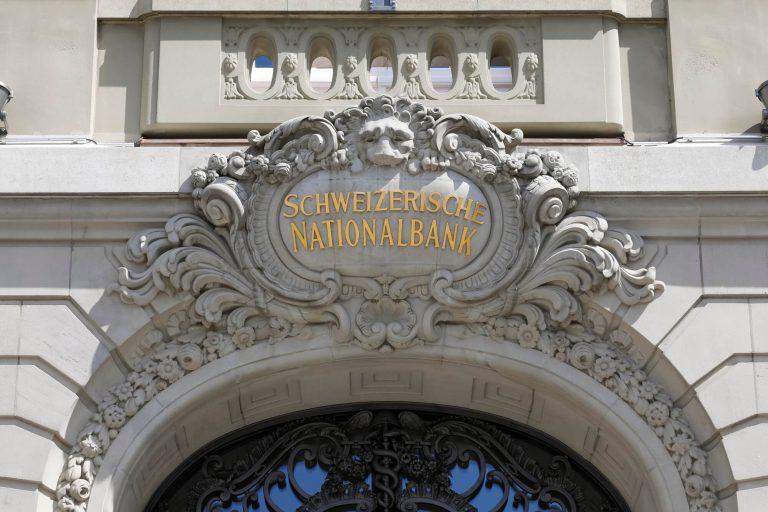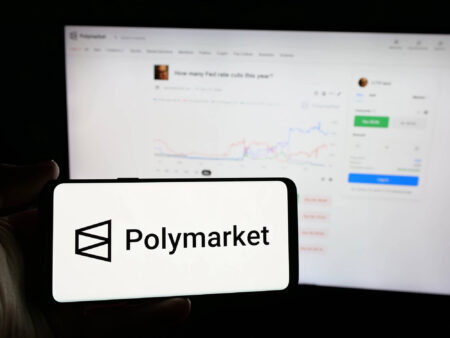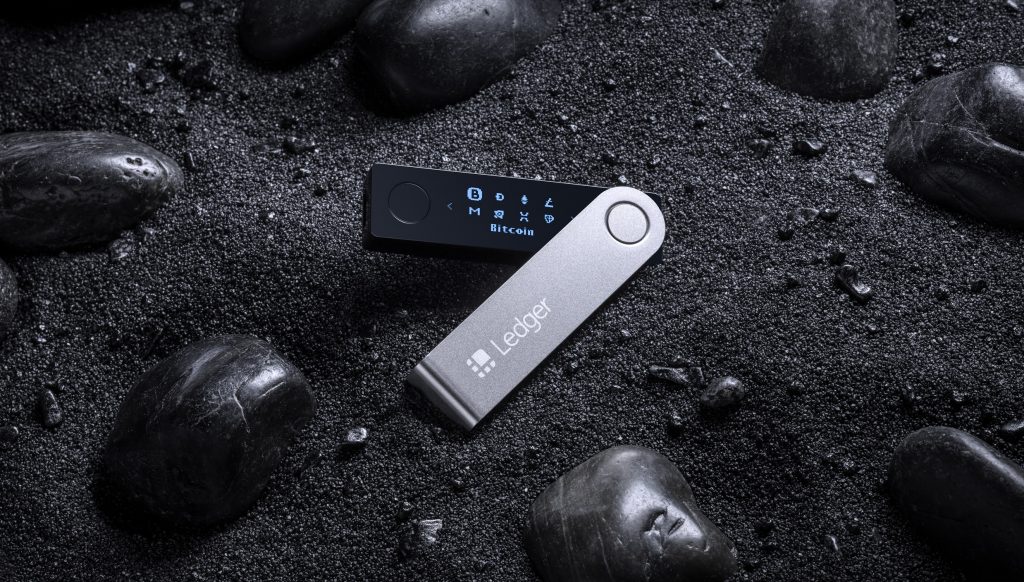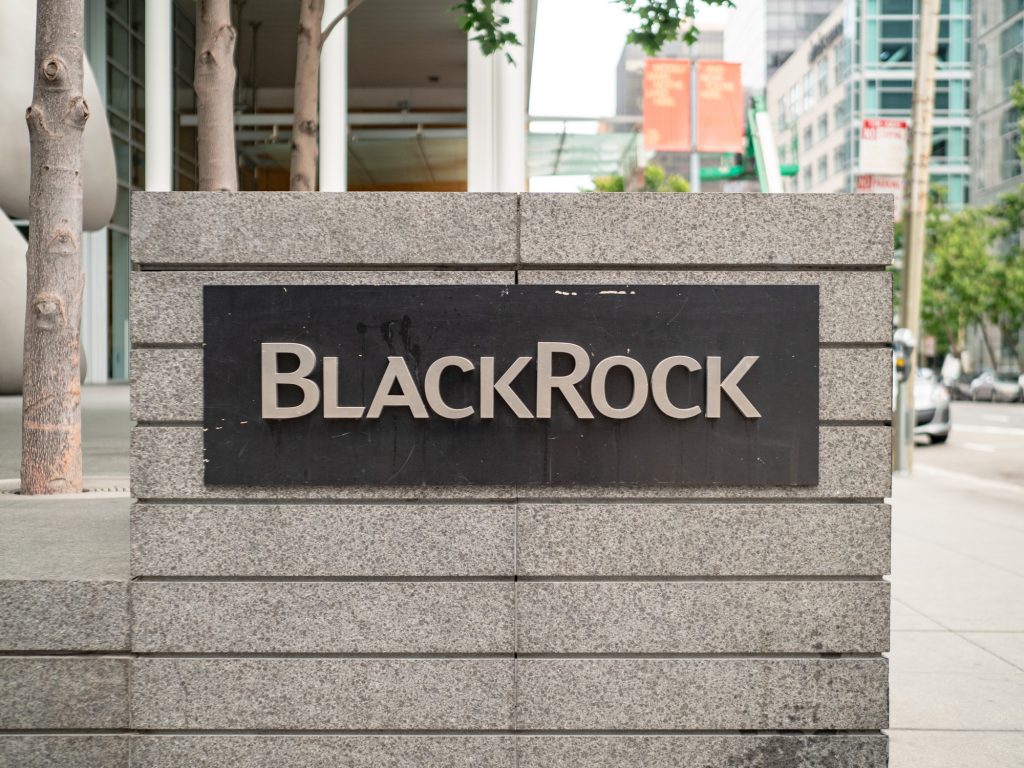The Mariana project has successfully tested cross-border trade and settlement of digital central bank currencies (CBDCs) among financial institutions. In doing so, the Swiss National Bank (SNB), in collaboration with other central banks, utilized new concepts of decentralized finance technology (DeFi) on a public blockchain.
The Bank for International Settlements (BIS), along with the central banks of France, Singapore, and Switzerland, has completed another CBDC project. The Mariana project was introduced in November 2022 by three BIS Innovation Hub centers in collaboration with the SNB and other currency authorities. It is important to note that the Mariana project is purely experimental and does not imply that any of the participating central banks intend to issue a CBDC or support a specific technological solution like DeFi. Nevertheless, the Mariana project highlights that central banks worldwide are exploring the benefits of blockchain technology.
Settlement of hypothetical CBDCs
The proof of concept of the project successfully tested cross-border trade between simulated financial institutions and the settlement of hypothetical Wholesale CBDCs in Euros, Singapore Dollars, and Swiss Francs. The process relied on three elements:
- A shared technical token standard provided by a public blockchain to facilitate exchange and interoperability between different currencies.
- Bridges for seamless transfer of wCBDCs between different networks.
- An automated Market Maker (AMM); a specialized type of decentralized exchange that automatically executes and settles foreign exchange transactions.
For the Mariana project, the AMM pooled liquidity for hypothetical CBDCs using innovative algorithms. This allowed for the automatic pricing, execution, and immediate settlement of foreign exchange transactions. These protocols could be used by the next generation of financial market infrastructures to facilitate cross-border trade and settlement among financial institutions.
"The Mariana project is pioneering the use of novel technologies for interbank foreign exchange markets. It has successfully demonstrated that cross-border CBDC exchange at a wholesale level using innovative concepts like automated Market Maker is possible. The key to this success was bringing together a diverse team of software engineers, policy experts, and foreign exchange specialists from three Innovation Hub centers and central banks." - Cecilia Skingsley, Head of the BIS Innovation Hub
Foundation for a new generation of financial market infrastructure
The foreign exchange market is the world's largest financial market, with approximately $7.5 trillion USD traded daily. The Mariana project explored how the future of forex trading and settlement might look in a world where central banks issue their currencies digitally and financial market infrastructures incorporate elements of decentralized finance (DeFi). Thomas Moser, Deputy Member of the SNB Directorate, discussed the implications of this in an interview with CVJ.CH in April.
According to BIS, the architecture of the Mariana project struck a balance between central banks' need for oversight and autonomy and financial institutions' interest in efficient cross-border holding, transfer, and settlement of CBDCs. This was achieved by using a common token standard on a public blockchain, enabling interoperability and seamless exchange of CBDCs across various local payment and settlement systems of participating central banks. BIS, along with partner institutions like the SNB, will continue to experiment with these technologies. Ultimately, the Swiss currency authority is at the forefront of blockchain innovation.




